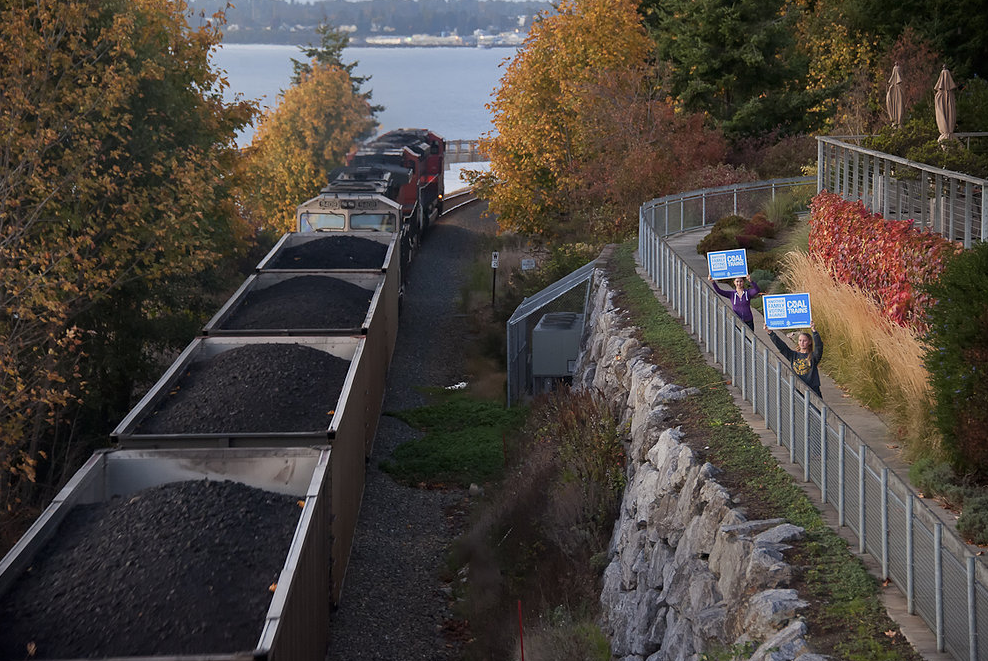If you’ve been following the Northwest coal export debate, you’ve probably heard of Ambre Energy—the struggling Australian firm that’s behind two of the three remaining coal terminal proposals in Washington and Oregon. Ambre made headlines back in August, when the state of Oregon denied a key permit for the company’s proposed Morrow Pacific coal terminal project on the Columbia River.
But even if you’ve heard of Ambre, you may not have heard of the company’s main financial backer: a tight-lipped private equity firm called Resource Capital Funds (RCF). Focused on minerals investments, RCF has a truly global reach: it’s registered in the Cayman Islands; maintains offices in Denver, New York, Toronto, and Perth, Australia; and invests in mining and minerals projects all over the world. With more than $100 million at stake with its investment in Ambre, RCF has become the chief financial backer of Northwest coal exports.
And while you might think that having the backing of a global investment firm like RCF would be a sign that Ambre is a solid company with strong financial prospects, you’d actually be mistaken. A review of the firm’s past investments shows that RCF actively seeks out risky projects with a high potential for failure.










